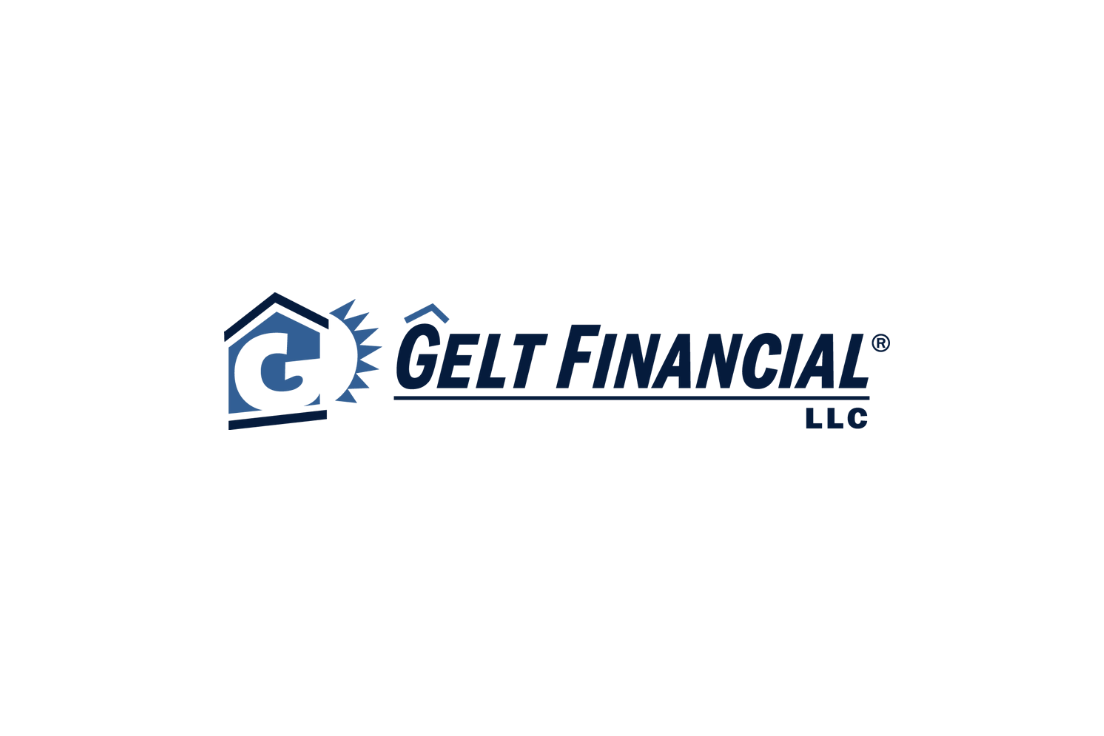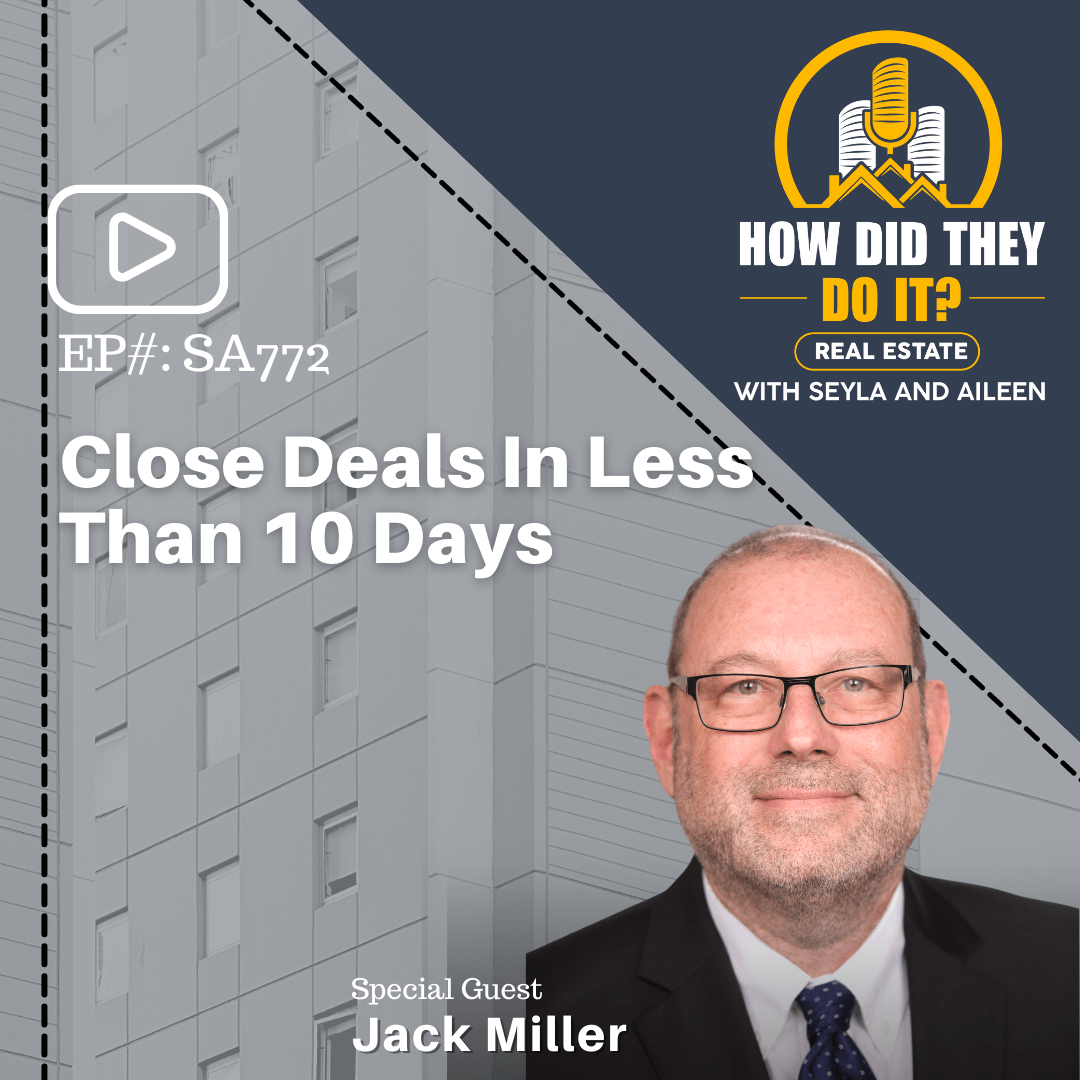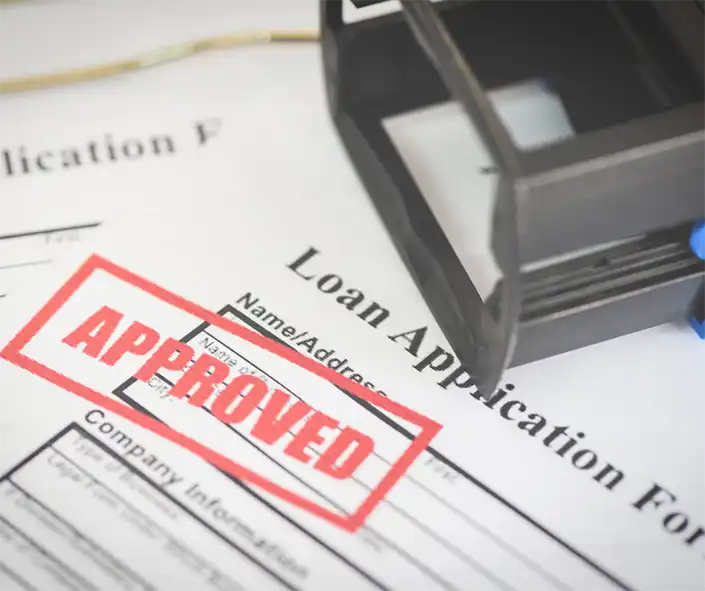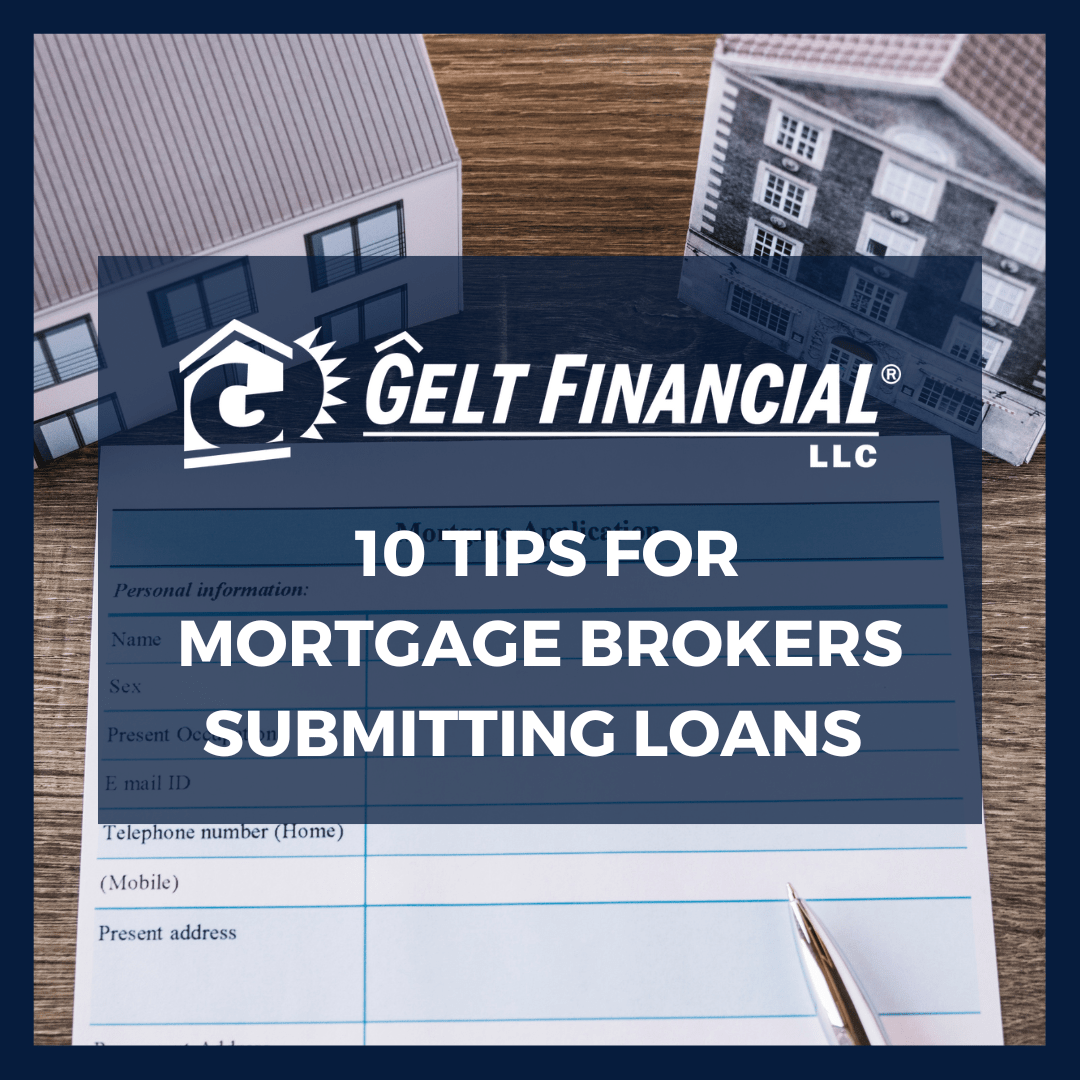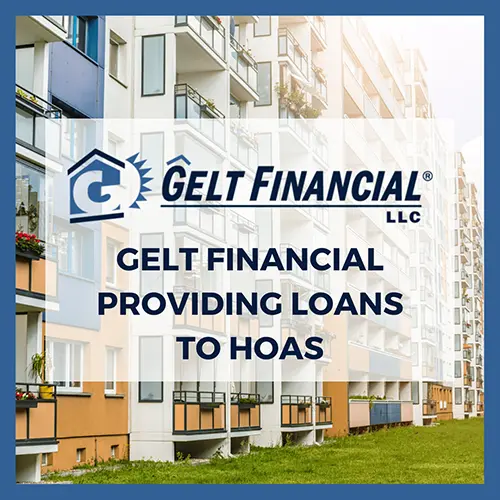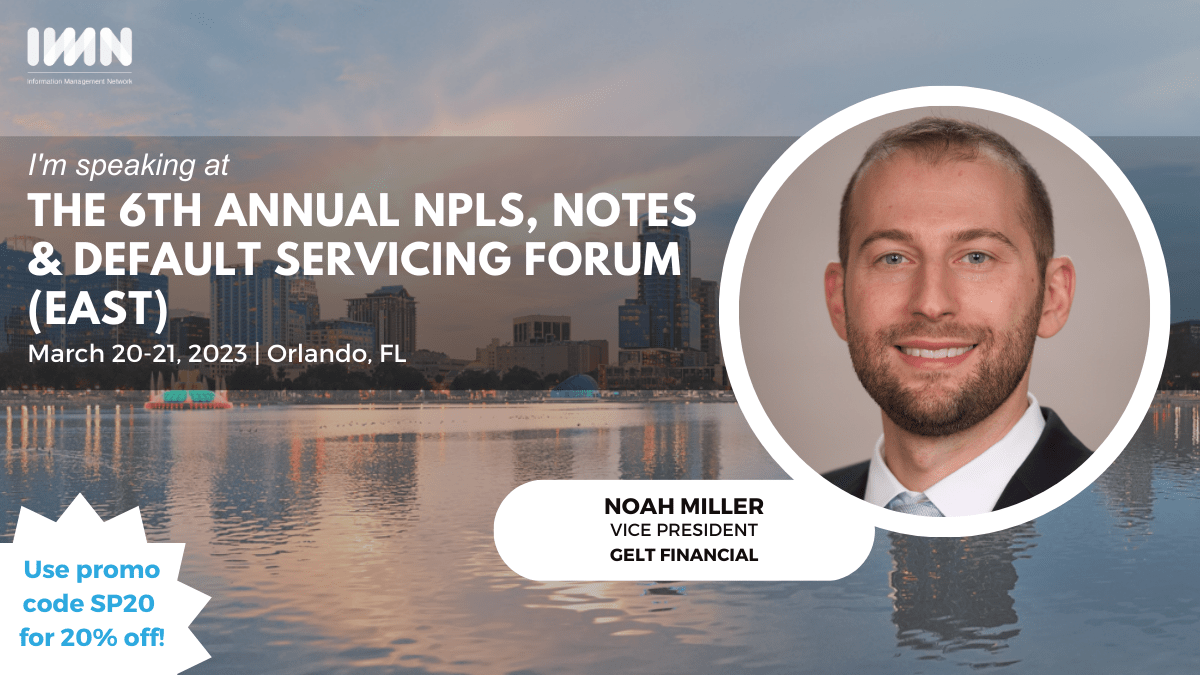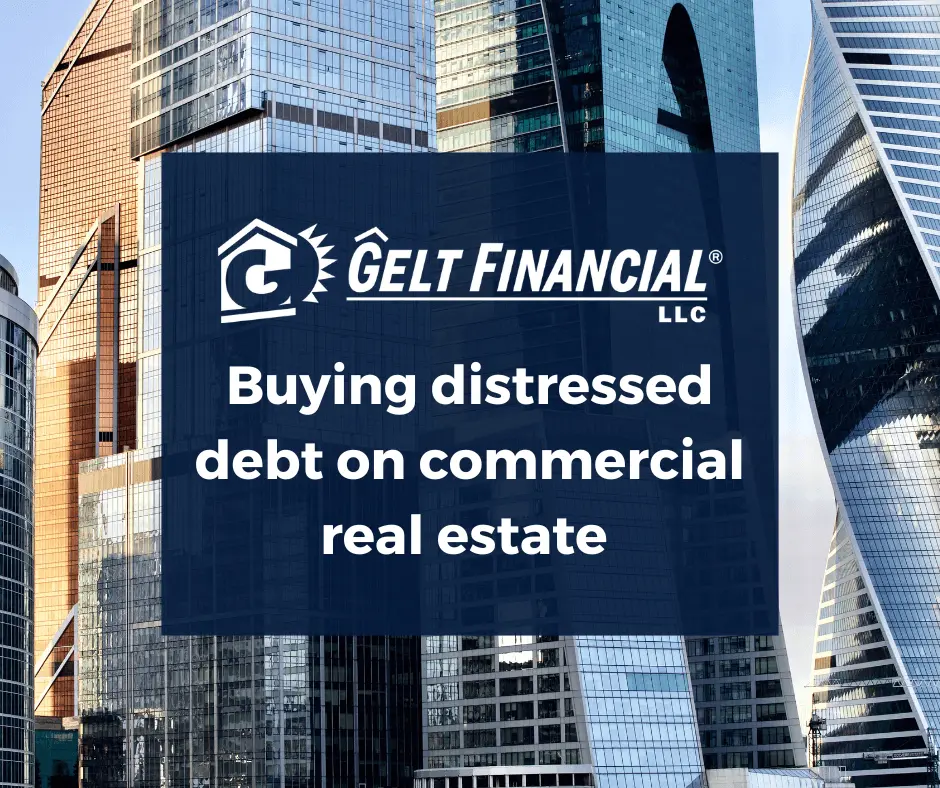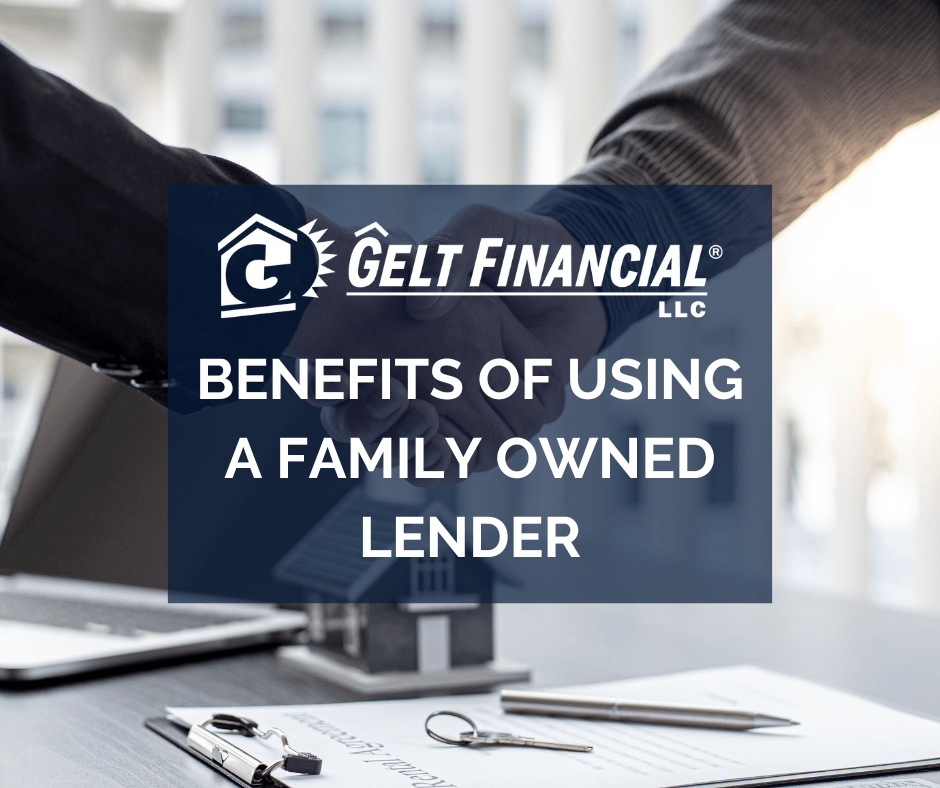Jack Miller gives explains what is a Cap rate and how do I use it in Commercial Real Estate.
“Hello, I hope you’re having a great day. This is Jack Miller at Gelt Financial. I’m going to try to explain a common question that we get at Gelt Financial all the time: What is a Cap rate? What does it mean? How do I calculate it? What’s used to calculate? So let me give you a little background. Then we’re going to jump right into a spreadsheet in a minute.
So, Cap rate stands for Capitalization Rate, and it’s basically the rate of return that the real estate is making. Again, you could use it in non-real estate functions, but for the purpose of this, I’m going to use it on investment—commercial investment real estate. So, to give you a pure example: If you had a piece of real estate that was worth a million—that net income, net operating income, which we’ll talk about in a minute, is a hundred thousand dollars, and it was trading at a 10% cap rate, that would be worth a million dollars. So, very simple, a million dollars times 10% is a hundred thousand dollars.
Now, Cap rates are really determined by the investors, but there’s some general guidelines out there, and it really has to do with the risk. The greater the risk, the greater the cap rate. So, let me give you a few examples, and you could Google it, and you could download all this, and you could see. So, let’s say you have a McDonald’s, which is a class A. I believe they’re A graded tenants, which the cap rates are very low on it, maybe a 3.50% or 4% cap rate. So, that’s a very low-risk deal. And let’s say, let’s just take that McDonald’s and say a 3.50% cap rate is for a 20-year term on the lease. If the term was 5 years, that cap rate may not trade at 3.50%, that may trade at 5% or 7% because the risk is greater because the term is shorter.
So, I’ll give you an opposite one to that. Let’s say you had a retail strip center or a class B or C retail strip center really in the middle of nowhere, not in any popular, not in any major MSAs. That may be a 10% or a 12% cap rate because the McDonald’s on a 20-year lease is very safe. That retail center, not in the best location, a class B or C or D, is less safe. So, the cap rate is higher that you’re going to be expected on that, and the market really dictates. You don’t have to listen to it, but the market dictates the average cap rates that things are trading for. For example, there’s reports out there or CBRE and a lot of the major real estate firms issue the market stats quarterly on all the asset classes.
When I say asset classes, I mean multi-family, hospitality, in-line retail, mall retail, all of them, the class A, B, C, and D, and the major metropolitan areas. So, you can have a class B apartment building that’s in one city that’s trading at one cap rate and another city that’s trading at another cap rate. So, you have to look and see what type of asset class is it, what, where is the location, and the grade A, B, C, or D. So, you come up with that, and the market dictates that. What I would encourage you to do is download cap rates, latest cap rates for CRE (commercial real estate), and it’ll give you that, but that really sets the market in terms of pricing. A lot of times, sellers look at that to determine what they think the value is… I apologize, the older I get, the thirstier I get. I apologize.
Anyway, so, um, now what goes into that? So, remember we said the cap rate is determined really by what the risk that’s taken, but it’s also the NOI. I’ve given a few other, I’m not going to spend too much time on NOI now, but I’m going to try to share the screen, and hopefully, I can do it right to a spreadsheet. And I’m hoping this is working; it says it’s working. So, this is a spreadsheet that I’ve prepared, and I hope it’s sharing this, this thing. If not, I’ll do it again. And basically, it gives all of the numbers, the math on the deal. And this is something that you can download at geltfinancial.com, or you can come up with your own. We—there’s much more sophisticated spreadsheets out there, but for the sake of this, I want to keep it simple, and I’m using a very basic one that I built.
So, you see here, it has the rental income of that—there’s two units of $640,000. It has the expenses of $180,000. It has a vacancy of 8%. It gives you an adjusted gross income, of the gross income minus the vacancy, $629,280. I’m going through this fast because I want you to learn this on your own. I really want to deal with the cap rates and the total expenses of $180,040, which is carried forward over here, but ultimately, you’re getting an NOI. So, let’s highlight this and put this in yellow. So, this is really a key component of a cap rate because what happens in the marketplace is people sometimes sell deals on higher than expect—higher than anticipated income or and lower than anticipated expenses.
So, if I was a seller and I wanted to fudge these, I could maybe take out tax preparation. So, all of a sudden, you know, um, if you look at the NOI at $449,240, I’m just going to take out this $5,000 figure, and it’s $454,240. Now let’s see what happens to that as from a value perspective because it makes a big difference and it’s important. I preach put all the possible expenses in there because stuff never goes right; it always goes wrong. So, you need to prepare for it. So, give you an example; let’s base this just on this. You see this $449,240 income; uh, at a I’m using an 8% cap rate, imputes a value of $5.6 million. So, all we did was we divided the NOI; make sure the NOI is accurate; make sure it’s accurate; I say it again; make sure it’s accurate because you can fudge numbers by burying things in there; divided by the cap rate that you want to buy it at. So, that says the value is $5.6 million.
Now, let’s say, again, I take out this $5,000. All of a sudden, you see what it does to this. It takes it from $5,615,500 to $5,678,000. That’s a huge difference. So, that’s why, for an 8% cap rate, every dollar in increase in income, every dollar additional that hits the NOI, is worth $8. So, if you either increase the rents by a dollar on a resale, it’s worth $8. On a, um, on expenses, again, it’s worth more, and depending on the cap rates, that’s what it’s worth. So, again, what you need to come up with the cap rate is, figure out what the NOI is divided by what the cap rate is. Here’s another example: If, let’s say, you know it’s $449,240 is the NOI, and you believe that, and you want to buy a property, and you want a 6.50% rate, then all you do here is you divide the NOI by the cap rate. You can’t see them, but I’m pointing; uh, I have that habit; you divide the NOI by the cap rate, and it says, “Oh, in order to get that cap rate, my offer has to be $6.9 million.” So, that’s what a cap rate is, essentially; it’s the rate of—expected rate of return made on it. Again, you have to compare it to all of the—the risk. What goes into it is, or how you get the cap rate is the risk. You have to get to an accurate NOI, which a lot of people don’t do. A lot of people don’t do. I see it all the time; we get deals all the time, and the expenses are lower, and the income is higher. So, that in short is what a cap rate is; it’s capitalization rate. What I would suggest is, I did another video, I think I called it, uh, explaining a DSCR (Debt Service Coverage Ratio). This and that sort of goes hand in hand, so I would watch that video; it uses the same spreadsheet, and that’s pretty much what a cap rate is. I tried to condense this video; if I polished, uh, over anything, please ask the question, and I’ll be more than glad to answer.
But remember, focus on what the real expenses are, or what they may be, uh, focus on—and don’t be optimistic; be pessimistic. Focus on what the real income is; don’t be optimistic; be pessimistic and focus on the cap rate. And so that’s the basics. If you have any questions, of course, you can ask them in the comments section or look us up at Gelt, geltfinancial.com. Remember to like the video, like the YouTube, hit the channel, the bell, or the button, and you’ll see more of these videos. And I hope this screen sharing thing worked. If not, I’m gonna have to redo this. What can I say? Okay, guys, take care and have a fantastic day. And remember, “When your bank says no, we say yes”. Take care.”
Category: Education







